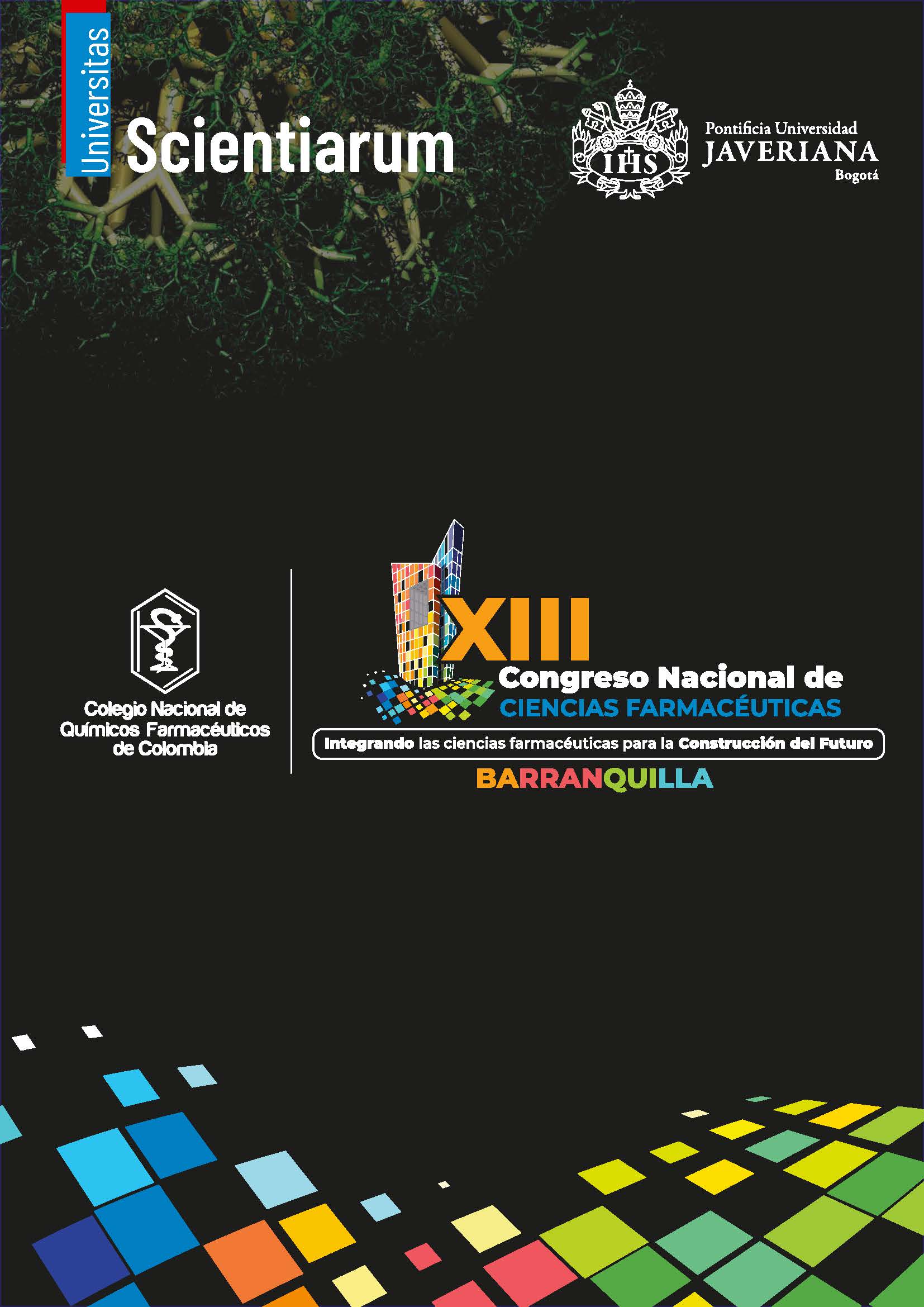Abstract
Kalanchoe daigremontiana, a medicinal plant traditionally used for treating gynecological, gastrointestinal, and neurological disorders, contains bioactive compounds such as bufadienolides, flavonoids, and phenolic acids. Hepatocellular carcinoma (HCC) is a leading cause of cancer-related mortality, often associated with oxidative stress and chronic inflammation. Natural antioxidants, particularly flavonoids and phenolic acids, may modulate these processes. This study aimed to evaluate the cytotoxic activity of aqueous and ethanolic extracts of K. daigremontiana on HepG2 cells and correlate their phytochemical profiles with biological activity. Fresh leaves of K. daigremontiana were processed to obtain aqueous (1PNKA) and ethanolic (2PNKE) extracts. Phytochemical screening was performed using standard qualitative tests to identify secondary metabolites. Cytotoxicity was assessed using the MTT assay on HepG2 cells exposed to eight concentrations (3.9–500 μg/mL) of each extract for 24 h. Cell viability was measured at 620 nm using a microplate reader. Both extracts exhibited a dose-dependent cytotoxic effect. The ethanolic extract (2PNKE) showed greater potency (IC50 = 107.8 μg/mL) compared to the aqueous extract (1PNKA) (IC50 = 279.5 μg/mL). Phytochemical analysis revealed the presence of flavonoids, triterpenes, steroids, and tannins in both extracts, with exclusive detection of cardiotonic derivatives in the aqueous extract and free anthraquinones in the ethanolic extract. These differences highlight the solvent’s influence on metabolite composition and biological activity. In conclusion, K. daigremontiana extracts demonstrated significant cytotoxicity against HepG2 cells, with the ethanolic extract being more effective. The variation in phytochemical profiles underscores the importance of solvent selection in optimizing the extraction of bioactive compounds. These findings support the potential of K. daigremontiana as a source of antitumor agents and warrant further investigation into its active constituents and safety profile.

This work is licensed under a Creative Commons Attribution-NonCommercial 4.0 International License.


